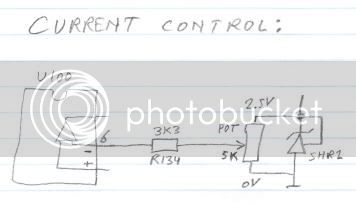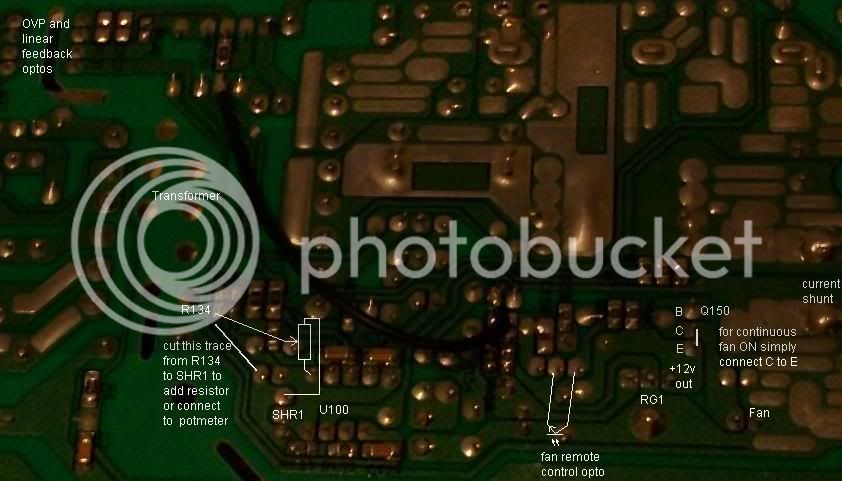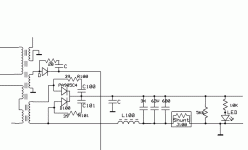NeilP
1 GW
A schematic for the Meanwell NES series is almost complete now. Big thanks to Cor who traced the board out from my old one that I destroyed while trying a current mod.
It was one of the new NES series, and the mod was a bit experimental, needless to say I let the smoke out.
I posted it to Cor who has since done all the hard work of tracing the board of my dead one I sent him.
I have converted his drawing to a schematic in ExpressSCH
it still needs checking over for transcription errors from Cors drawing to Express SCH. After 12 hrs on it yesterday my eyes were getting a little tired.
Cor has also worked out ways to mod it for current limiting..i'll let him tell you about that.
here is she schematic as it stands today.
I may yet re draw it to bring the Opto unit halves together ..unless someone else fancies that job ? If so PM me and I'll send you the sch file.
Edit
New schematic updated in light of corrections 26/1/12 ver 0.1
It was one of the new NES series, and the mod was a bit experimental, needless to say I let the smoke out.
I posted it to Cor who has since done all the hard work of tracing the board of my dead one I sent him.
I have converted his drawing to a schematic in ExpressSCH
it still needs checking over for transcription errors from Cors drawing to Express SCH. After 12 hrs on it yesterday my eyes were getting a little tired.
Cor has also worked out ways to mod it for current limiting..i'll let him tell you about that.
here is she schematic as it stands today.
I may yet re draw it to bring the Opto unit halves together ..unless someone else fancies that job ? If so PM me and I'll send you the sch file.
Edit
New schematic updated in light of corrections 26/1/12 ver 0.1





